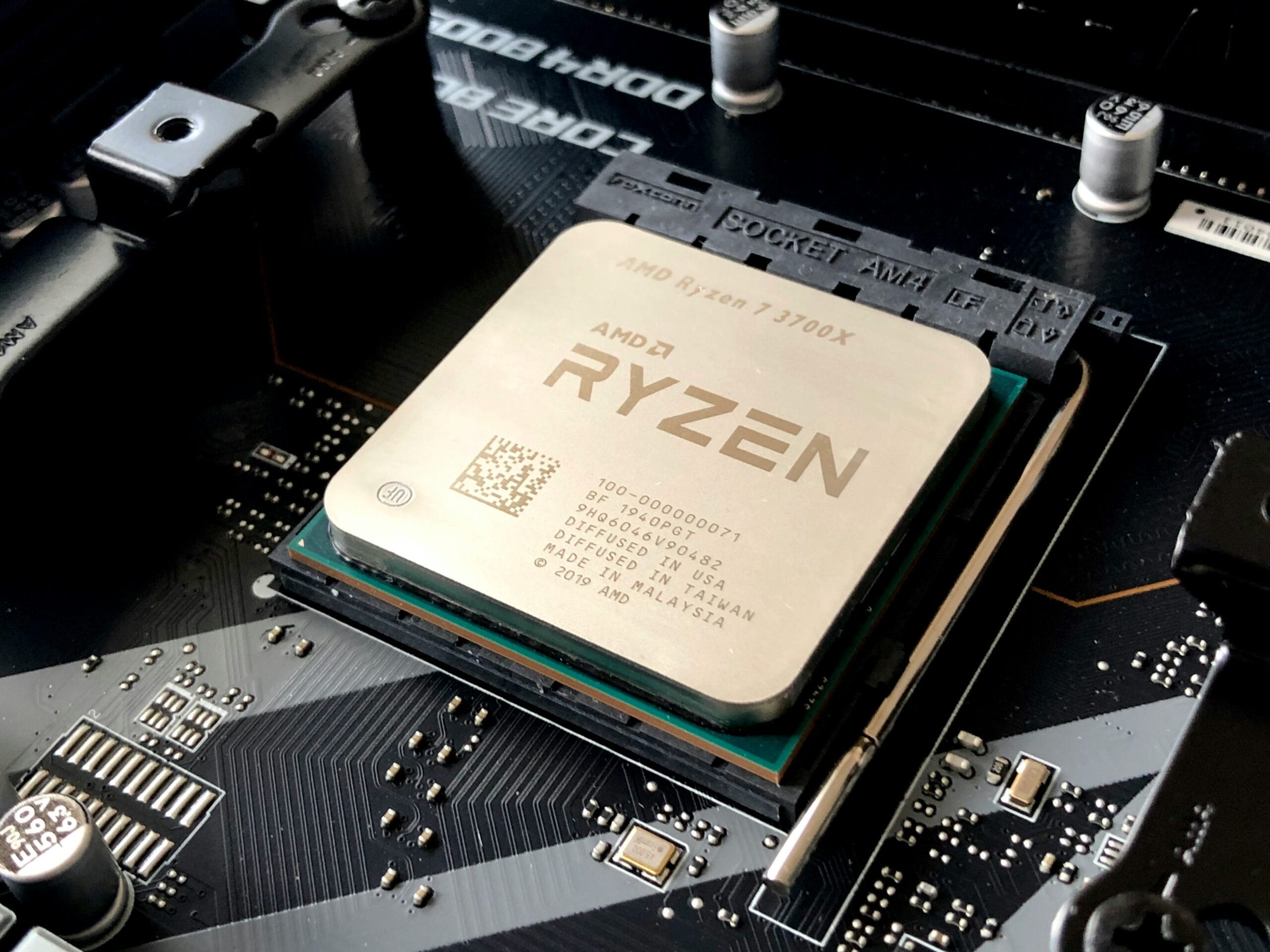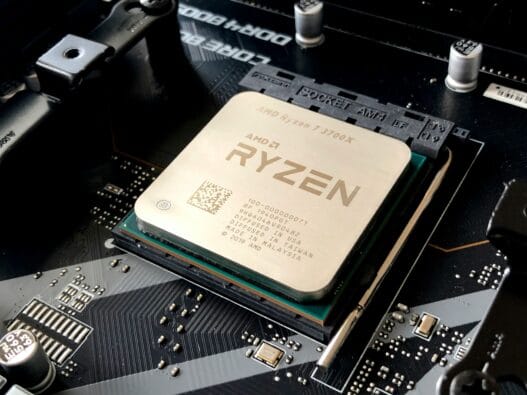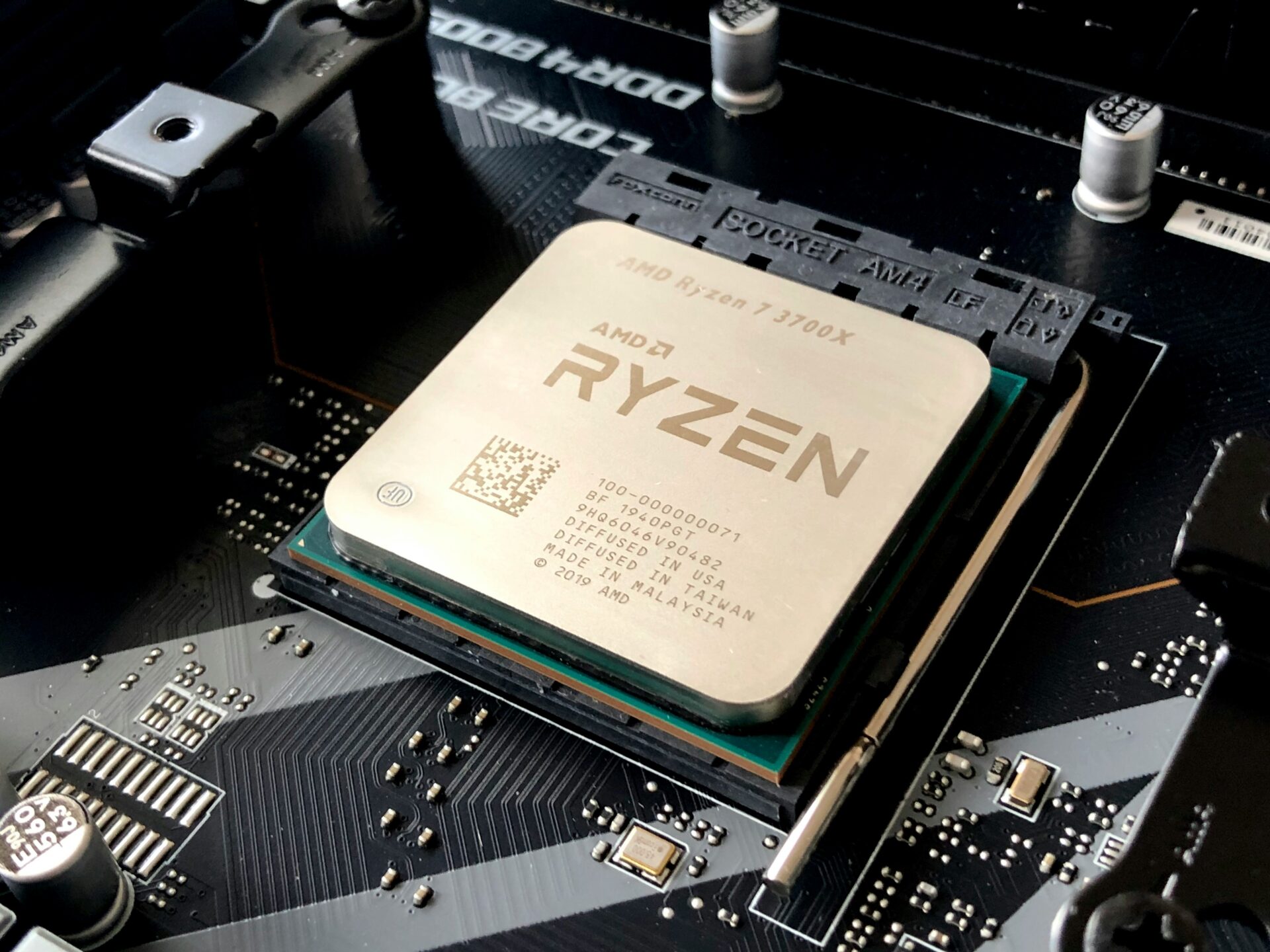AMD has given a lot to talk about at Computex this year. CEO Lisa Su presented a series of new features ranging from CPUs to GPUs, making it clear that the company is in top shape. Below, we tell you everything you need to know about the most important announcements.

Zen 5 and XDNA2 Computex: The New Crown Jewels
Zen 5 Architecture
AMD presented its long-awaited Zen 5 architecture , intended for its next processors. This new generation promises significant improvements in performance, efficiency, and capabilities, making it ideal for gamers and content creators. The Ryzen 9000 series is an example of this, designed to offer a powerful and versatile user experience.
XDNA2 NPUs
One of the big surprises was the XDNA2 NPU . This new neural processor supports the Block Floating Point (Block FP16) data type , combining the speed of 8-bit performance with 16-bit precision. This feature, according to AMD, is becoming a new industry standard, and they are the first to implement it in hardware.
Innovation in the AI PC Space
Ryzen AI 300 Series
In the realm of AI PCs, AMD launched the Ryzen AI 300 series , also known as Strix Point. These chips include Zen 5 CPU cores, an improved RDNA 3.5 GPU architecture, and an XDNA2 NPU that achieves TOP 50 performance. These features enable outstanding performance in artificial intelligence applications.
Challenges and Opportunities
Despite the rapid implementation of these technologies, there is one challenge: Copilot+ software for AMD-specific x86 CPUs and NPUs will not be ready at launch. Microsoft did not expect AMD and Intel to complete their developments so quickly, so they prioritized Qualcomm’s Arm devices. As a result, initial systems will be “Copilot+ Ready,” requiring a software update in the fall to activate their full capabilities.
Advances in Data Centers
Fifth Generation Epyc Processors
In the field of data centers , AMD presented its fifth generation Epyc processors, codenamed Turin. These CPUs are based on the Zen 5 architecture and promise significant performance improvements, especially for artificial intelligence workloads, outperforming their Intel competitors.
Instinct MI-300 GPU Accelerators
AMD also revealed its Instinct MI-300 series of GPU accelerators . The MI325 model, for example, offers twice the HBM3E memory of any card on the market today. Additionally, the company announced an annual schedule of improvements for its line of GPU accelerators, with details planned through 2026.
A Glimpse of the Future
Instinct MI350
Next year, AMD will launch the Instinct MI350 , based on the new CDNA4 compute architecture . This card promises a 35-fold performance improvement compared to current cards, thanks to the greater memory capacity and the new architecture. AMD believes this will give them an advantage over Nvidia’s next-generation products.
Competition and Innovation
It’s impressive to see how AMD has advanced over the last decade. Competition with Nvidia and Intel has driven the company to continually innovate and improve, positioning itself as a key player in both the consumer and enterprise markets.






